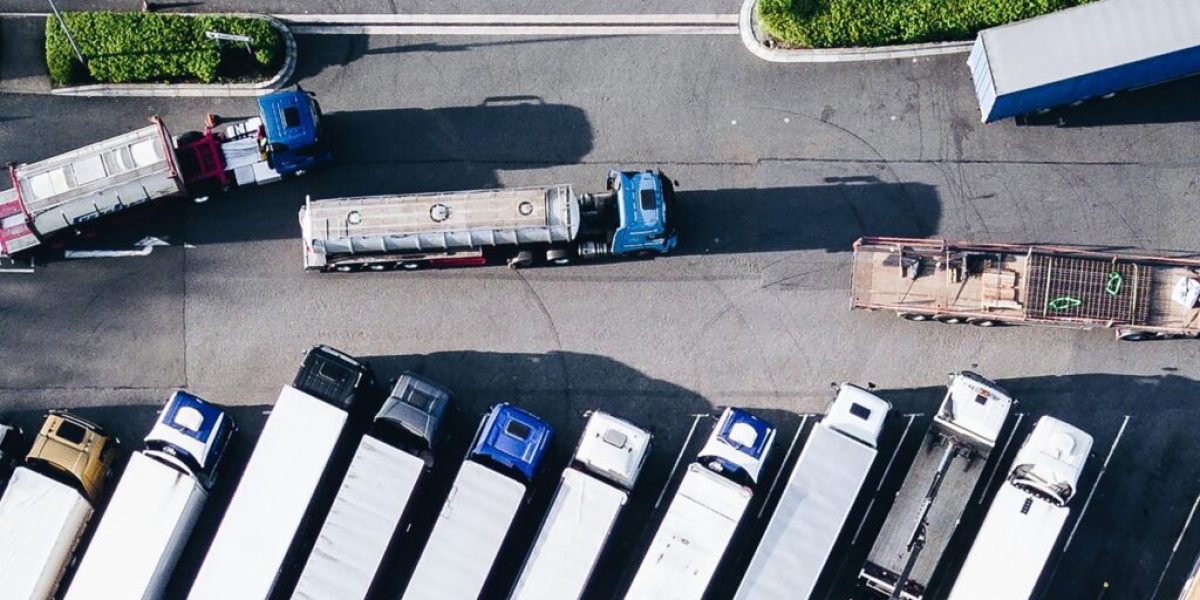The Government have released an update on the requirements for Container / Packing Certificates. This brings the UK in line with the IMDG requirements.
Below is the full notification:
Signatures on Dangerous Goods Notes (DGN)
The International Maritime Dangerous Goods (IMDG) Code requires either two signatures on a single transport document, or one signature on each of the Dangerous Goods Transport Document and Container/Vehicle Packing Certificates which shall be attached to each other when not combined into one document.
The IMDG Code is brought into UK law through the Merchant Shipping (Dangerous Goods and Marine Pollutants) Regulations 1997 S.I. 2367 (as amended) and the relevant regulatory text is reproduced below.
IMDG Code Section 5.4.1.6 – Certification
The dangerous goods transport document prepared by the consignor/shipper shall in addition carry, or be accompanied by, a certificate or declaration that the consignment offered can be accepted for transport and that the goods are
- Properly packaged
- Marked and labelled, and in proper condition for transport in accordance with the applicable regulations.
The form for this declaration is:
I hereby declare that the contents of this consignment are fully and accurately described above/below*, by the Proper Shipping Name, and are classified, packaged, marked and labelled/placarded, and are in all respects in proper condition for transport according to applicable international and national government regulations.
- As appropriate
- The text of this requirement is shown in the box underneath box 7 of the 5.4.5 Multimodal Dangerous Goods Form.
- The declaration should be signed and dated by the consignor/shipper.
- Facsimile signatures are acceptable where applicable laws and regulations recognise the legal validity of facsimile signatures.
This requirement is covered by box 22 of the 5.4.5 Multimodal Dangerous Goods Form.
IMDG Code Section 5.4.2 – Container/Vehicle Packing Certificate
5.4.2.1 When dangerous goods are packed or loaded into any container or vehicle, those responsible for packing the container or vehicle shall provide a Container/Vehicle Packing Certificate – specifying the container/vehicle identification number(s) and certifying that the operation has been carried out in accordance with the following conditions:
- The container/vehicle was clean, dry and apparently fit to receive the goods
- Packages which need to be segregated in accordance with applicable segregation requirements have not been packed together onto or in the container/vehicle (unless approved by the competent authority concerned in accordance with 7.3.4.1)
- All packages have been externally inspected for damage, and only sound packages have been loaded
- Drums have been stowed in an upright position, unless otherwise authorized by the competent authority, and all goods have been properly loaded and, where necessary, adequately braced with securing material to suit the mode(s) of transport for the intended journey
- Goods loaded in bulk have been evenly distributed within the container/vehicle
- For consignments including goods of class 1 other than division 1.4, the container/vehicle is structurally serviceable in accordance with 7.1.2
- The container/vehicle and packages are properly marked, labelled and placarded, as appropriate
- When substances presenting a risk of asphyxiation are used for cooling or conditioning purposes (such as dry ice (UN 1845) or nitrogen, refrigerated liquid (UN 1977) or argon, refrigerated liquid (UN 1951)), the container/vehicle is marked in accordance with 5.5.3.6; and A dangerous goods transport document, as indicated in 5.4.1, has been received for each dangerous goods consignment loaded in the container/vehicle
NOTE : The Container/Vehicle Packing Certificate is not required for tanks.
5.4.2.2 The information required in the dangerous goods transport document and the container/vehicle packing certificate may be incorporated into a single document. If not, these documents shall be attached one to the other.
If the information is incorporated into a single document, the document shall include a signed declaration such as
“It is declared that the packing of the goods into the container/vehicle has been carried out in accordance with the applicable provisions”
This declaration shall be dated and the person signing this declaration shall be identified on the document. This requirement is met by a signature and completion of box 20 of the 5.4.5 Multimodal Dangerous Goods Form
Interpretation of Responsibilities
If the consignor loads dangerous goods, which includes:
- securing and correctly segregating the whole load for sea transport
- placards the cargo transport unit for sea transport
- closes the whole container/vehicle prior to transport to the ship
- they are then responsible for signing box 20 of the 5.4.5 Multimodal Dangerous Goods Form However, if the consignor passes the goods to another organisation for carriage, a process commonly known as groupage, then that secondary organisation (e.g. consolidator, carrier or forwarder) is responsible for the whole process of
- securing
- correctly segregating the load
- placarding for sea transport and closing the container/vehicle prior to transport to the ship
- In this case it is not the original consignor but the secondary organisation who should then sign box 20 of the 5.4.5 Multimodal Dangerous Goods Form, relating to all the dangerous goods in the container/vehicle (or should complete one Container/Vehicle Packing Certificate for the entire load if that is more convenient).
Note :
The consignor should be aware that if they sign, or are asked to sign, the Container/Vehicle Packing Certificate, then they take responsibility for the correct stowage etc of their own and any other goods subsequently loaded in the container/vehicle prior to transport to the ship.
An operator or master shall not accept for carriage, or take or receive on board a ship any dangerous goods for which a document and signed certification has not been provided.
In addition, any personnel involved in the transport of dangerous goods by sea must have received training commensurate with their responsibilities in transporting dangerous goods by sea. Dangerous Goods Environmental Policy Branch Maritime and Coastguard Agency.

